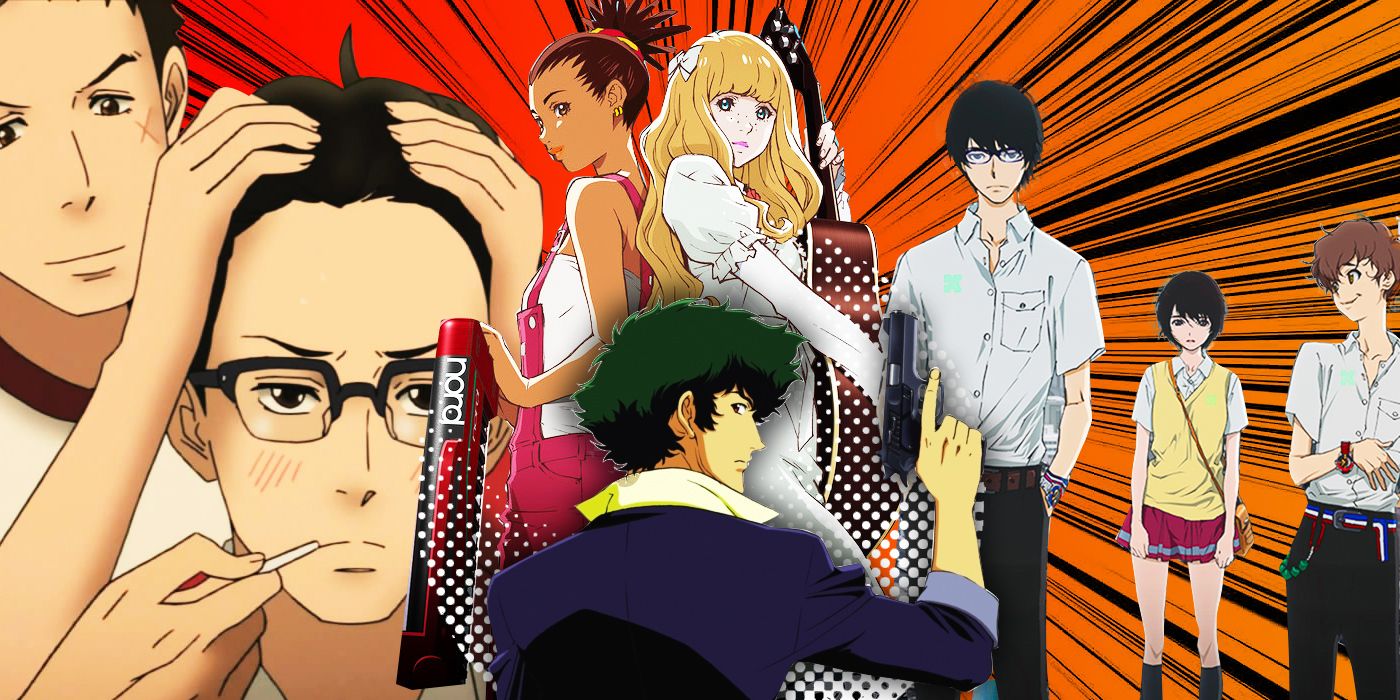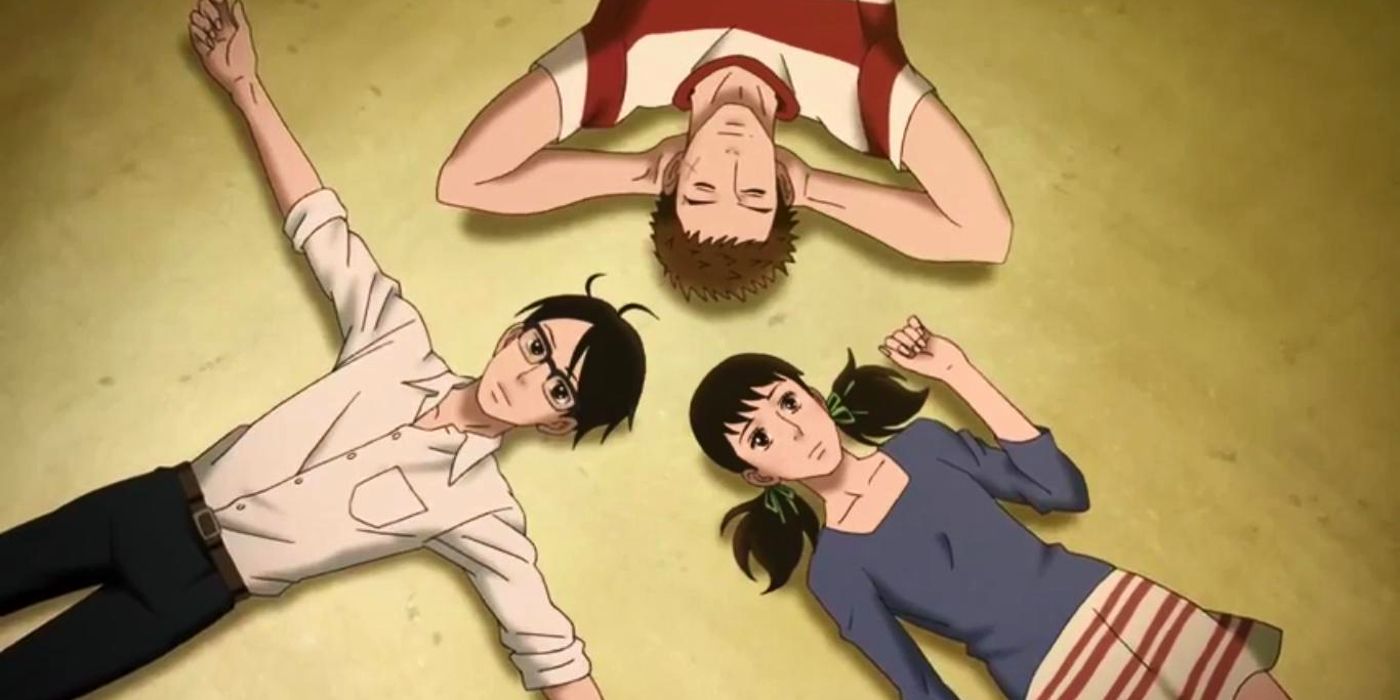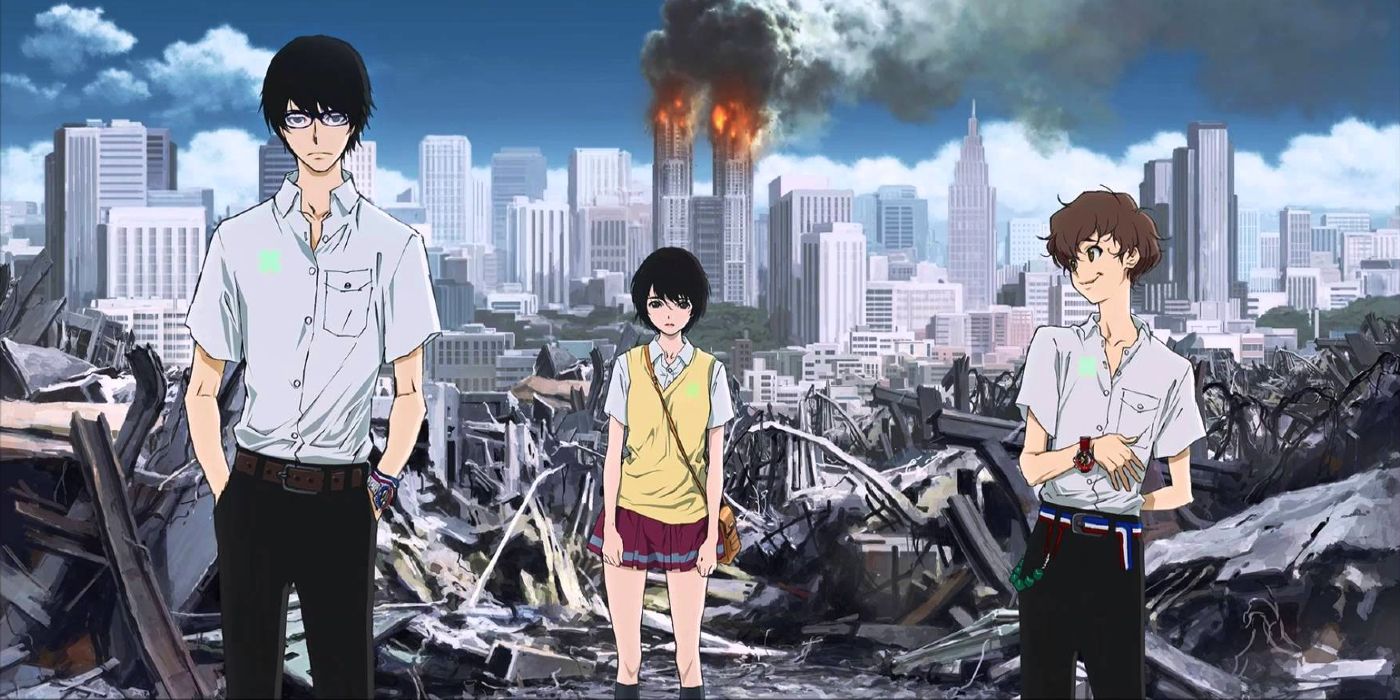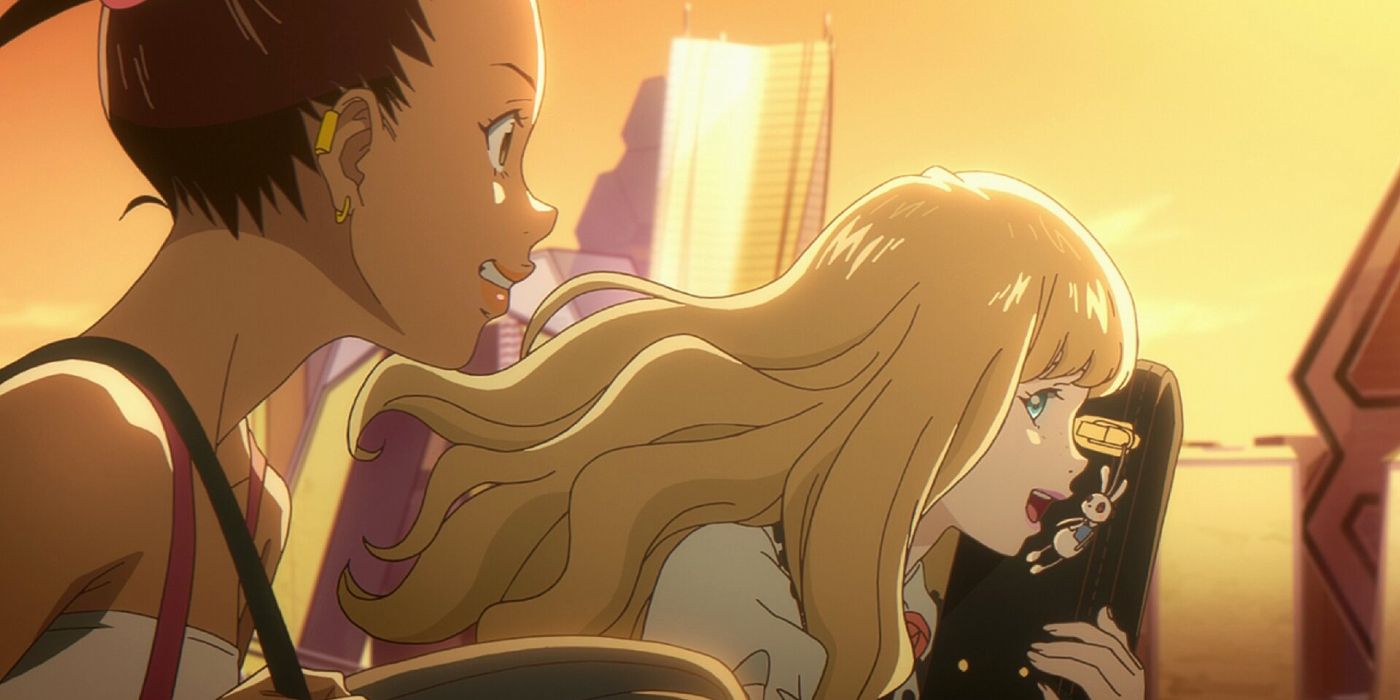Shinichiro Watanabe's masterpiece anime series Cowboy Bebop has been a classic almost since the moment it was released. Its sense of humor, unforgettable action, perfect use of music, and complex characters are hard to match, but the show is hardly all Watanabe has had to offer over the years. His hip-hop flavored follow-up Samurai Champloo and 70's sci-fi tribute Space Dandy have also found success running over and over on Cartoon Network's Adult Swim block, of course. But what about his other work? Here's three shows straight from the mind of Cowboy Bebop's creator that are sure to scratch your itch for his sense of style and impeccable storytelling chops.
Kids on the Slope
It's pretty easy to tell that Watanabe is a big fan of music in many forms. Cowboy Bebop is named and styled after a form of jazz, Samurai Champloo uses hip hop to accentuate its anachronistic alternate Edo-era Japan setting, and when he's not directing his own titles, Watanabe is often acting in a music advisory role on shows like Michiko & Hatchin and Sonny Boy. So it shouldn't be too surprising that he took to the task of adapting Yuki Kodama's 2007 manga Kids on the Slope, a coming-of-age tale about Japanese teens in the 60s who bond over their collective love of all things jazz.
It's a short but effective story, using just 12 episodes to follow an anxiety-ridden boy named Kaoru who forms an unlikely relationship with a delinquent named Sentaro and the daughter of a music shop owner named Ritsuko. Together, they learn to channel their angst and find peace with their emotions through some rough and rowdy jazz. As they mature, they realize that life more complicated than they could ever have expected, and that they're not always going to have the answers to the problems they encounter. Each of them finds a unique way of dealing with these revelations. It also tackles period-relevant issues like poverty and the rather unique experience of being Catholic in post-war Japan.
Wanatane isn't known for his adaptations, because he doesn't do them often - in fact, 2012's Kids on the Slope is the only project he has led that wasn't an original idea. He took it, though, in part because his original project ideas at the time weren't taking off, but also because he simply loved the manga and wanted to do it justice. Since the musical aspect of the show is so important to its setting, tone, and characters, Watanabe ensured that they are not only frequent - at least one per episode! - but also that they look great. He avoided using CG, which producer Masao Maruyama proposed he do to reduce the workload needed, opting instead to film real-life musicians performing the pieces and utilize rotoscoping to integrate accurate and dynamic movements into the animation seamlessly. In addition, Yoko Kanno, who scored Cowboy Bebop, jumped on the project when she heard Watanabe would be involved. It all paid off; not only do the music sequences look and sound amazing, but they do justice to each of the arcs of the characters involved, elevating what could have been a straightforward adapation into a masterpiece.
Terror in Resonance
Watanabe returned to TV two years later with the daring modern-day thriller Terror in Resonance. A series he originally developed in his slump period between Samurai Champloo and Kids on the Slope, Terror in Resonance follows two teenagers named simply Nine and Twelve who form a terrorist persona named Sphinx. Together with their unintended accomplice, the otherwise normal civilian Lisa, Sphinx goads the Japanese government with acts of violence paired with cryptic puzzles, the goals of which are slowly revealed through the eyes of a disillusioned detective named Shibazaki.
Between the literal terrorist protagonists and Shibazaki - who, as a tool of the government, is unknowingly complicit in a system of deceit and abuse that dates back to before any of the characters were even born - it's an understatement to say there are no clear-cut heroes or villains in Terror in Resonance. Watanabe dreamt up Terror in Resonance's plot in response to what he saw as complacency and disinterest in global events in Japan and wanted to come up with a story that would represent what "terrorism" might look like in modern times, as well as who might be motivated to perpetrate it. The secrets of Nine and Twelve's past and the systemic issues they want to expose through their actions parallel real-world events from World War II and beyond, even striking at the administration of Japan's then-Prime Minister Shinzo Abe directly. While anime often takes strong stances on various issues, it is incredibly rare for a show to directly address modern politics so boldly, but Watanabe clearly felt like it was an important thing to do. As he said himself, "I just think you need to take interest".
Production-wise Terror in Resonance is stunning. The series opens with a dynamically animated heist sequence as the boys steal plutonium and speed away on a motorcycle, and Watanabe's signature action setpieces don't let up from there. Most of the show takes place in a particularly hot summer, with the oppressive sun beating down on the cast in such detail that you can almost feel it yourself. As if to contrast the setting with the feelings of the characters, the music - again courtesy of Yoko Kanno - is, as Watanabe describes it, "cold", consisting largely of shoegaze and post-rock tracks that, unlike many Kanno soundtracks, are rarely used diegetically. It's a more subtle but no less important use of music as part of the setting that Watanabe is known for; he initially came up with the series listening to band Sigur Ros and even went to their native Iceland to record the soundtrack.
Carole and Tuesday
2019's Carole and Tuesday is a drama about two teenagers from very different backgrounds living on Mars in the not-too-far future and finding a connection through music. Tuesday is a sheltered politician's daughter who has felt stifled her whole life and runs away at the beginning of the show. While on the run, she meets Carole, an orphaned immigrant and aspiring musician barely getting by. Bonding over their shared appreciation for music - relatively modern artists to us that are "classics" to them - they form a songwriting duo with the hope of finally getting some recognition, if not stardom.
The series starts out with a simple enough premise and plot, following the pair as they find their footing in the industry and eventually participate in an American Idol-esque competition. As the plot unfolds, though, it becomes clear that Carole and Tuesday has aspirations far beyond its plucky protagonists' goals; like Terror in Resonance, it finds itself tackling modern political issues as well as the power of community to overcome deep adversity. Tuesday's mother runs a campaign that is reflective of many conservative American politicians, stoking fear of immigrants like Tuesday into the hearts of Mars' citizens, and as it goes on it becomes clear that she is just one part of a whole corrupt system.
Carole and Tuesday meet many other margialized people along the way as well, each with interesting perspectives of their own. This is sometimes reflected in the music itself - a standout track is "Crash The Server," performed in-universe by undocumented immigrant Ezequiel and in real life by rapper Denzel Curry. "Crash The Server" is a protest song so incisive and daring that it transcends the Mars immigrant conflict in the show, becoming a stirring reminder of the consequences of hate in our real world. Our songstress duo is hardly capable of fighting such injustice on their own, and the narrative is painfully aware of this, but it holds out hope for the power people have to come together in the end.
Being a show about music and featuring a cast filled with musicians, it is only natural that much effort was put into making the show's sound as important to its success as its writing. Watanabe's team, including his wife Aya Watanabe who provided the show's structure and director Motonobu Hori, achieved this by incorporating as many real-life artists as possible to compose and perform the show's many, many songs. Those include people like producer and DJ Flying Lotus, but most of the music is composed by Canadian songwriter Mocky; Carole and Tuesday almost goes out of its way to be a truly international production, putting a neat bow on its themes of community and the power of music to bring people together.




